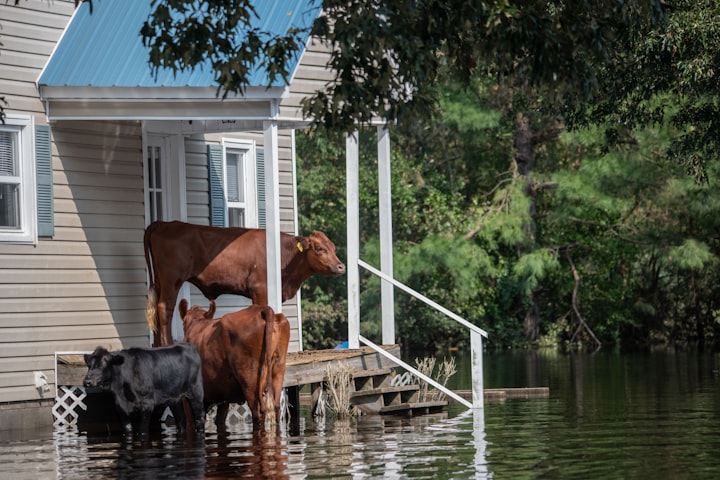My phone started to blow up at 5 am. Everything we'd worked so hard for over the last few weeks at the Task Force for Climate & Housing was finally paying off. We'd created a good news climate story so compelling that big media couldn't wait to interview us – how to solve the housing affordability crisis in a low-carbon way.
I was running point on communications and media relations, and spent the next 18 hours wrangling reporters, lining up interviews and organizing panels, all in my pyjamas. I never managed to get dressed or walk the dogs that day. But it was worth it. We got international coverage of our work that triggered briefing requests from top government leaders across the country. Talk about impact!
While the Blueprint for More and Better Housing that was published that day offers policy solutions to two of our toughest problems, the real story for me here is about how this work happened. It's about the secrets to effective, authentic collaboration.
But no one's talking about what we need to do differently to create the kind of collaboration we need.
The Task Force for Housing & Climate offers a great place to start. It's a collection of 15 national experts on housing and climate from very diverse backgrounds, industries and political stripes, co-chaired by former Mayor of Edmonton Don Iveson and the Honourable Lisa Raitt, former Deputy Leader of the Conservative Party of Canada.
This diversity of membership was by design, to ensure that the best ideas would be found and to forestall any accusations of partisanship. The group came together for roughly six months to create a roadmap for policy action by municipal, provincial and federal leaders to address housing affordability and climate change.
What makes this such a good example of collaboration? Five things.
Diversity. The Task Force intentionally invited different perspectives. Which is the exact opposite of what we typically do when we put a group together to tackle a problem. We choose people who'll agree with us instead of challenging us so things are faster and easier. But instead of creating great solutions, we end up sustaining the status quo.
Values. So how do you get people to agree on things in such a diverse group? By identifying shared core values. These helped everyone focus on how they all were alike, rather than different, creating the glue that empowered the group to work together.
Goals. By turning their shared values into four clear goals, the Task Force created a collective story of where they were going that united them. Everyone could see a role for themselves in the story, which fuelled engagement and collaboration. Plus the goals acted like guardrails to prevent scope creep.
Mindset. The Task Force members came into the work with a critical belief – that supporting this collective task was more important than the pursuit of their individual goals. That's not to say they had to give up their own goals. Rather, they could see how those goals were reflected in the group's outcomes and recognize when and how to let go of some things to support the overall collaboration.
Dialogue. During the six months, the group invested in creating space for respectful, outcomes-focused dialogue and debate to ensure everyone felt heard and supported the decisions that were ultimately made. This not only created a strong sense of ownership of the final blueprint, but it also helped individuals see how the recommendations could support their own goals that may have been out of scope.
One of my biggest beefs these days is that everyone seems to want to run their own organization instead of finding ways to collaborate. The result of that is a waste of energy and resources, where thousands of tiny groups all attempt to solve the same problem but fail to have any real impact.
What we need instead are more courageous, service-driven leaders who recognize the value of investing in real collaboration as a way to not only tackle our most complex challenges but also advance their individual goals along the way.
Get in touch if you're curious about how to make that happen in your organization.
You can learn more about the Task Force here and read a great article on their work.





